More Asian animals in Australia than vice versa
But why more species found their way from Asia to Australia – countless poisonous snakes, thorny lizards (Moloch horridus), hopping mice (Notomys sp.) or flying foxes bear witness to this – than the other way round has been a mystery until now.
In order to better understand this asymmetrical vertebrate distribution along the Wallace Line, researchers led by Loïc Pellissier, Professor of Ecosystems and Landscape Evolution at ETH Zurich, have created a new model. It combines reconstructions of the climate, plate displacements between 30 million years ago and the present day and a comprehensive data set for around 20,000 birds, mammals, reptiles and amphibians that are recorded in the region today.
Climates in areas of origin decisive
In the latest issue of Science, the researchers now show that adaptations to the climates in the areas of origin are partly responsible for the uneven distribution of Asian and Australian faunal representatives on both sides of the Wallace Line.
In addition to plate tectonics, the environmental conditions that prevailed millions of years ago were decisive for the exchange between the two continents. Based on simulations, the researchers found that animals originating from Asia were more likely to “hop” across the Indonesian islands to reach New Guinea and northern Australia.
These islands featured a tropically humid climate, which they were comfortable with and had already adapted to. The Australian wildlife was different, having evolved in a cooler climate that had become increasingly drier over time, and was therefore less successful in gaining a foothold on the tropical islands than the fauna migrating from Asia.
The Asian climate thus favoured creatures that reached Australia via the tropical islands of the faunal region known as Wallacea, especially those that could tolerate a wide range of climates. This made it easier for them to settle on the new continent. “The historical context is crucial for understanding the biodiversity distribution patterns observed today and was the missing piece of the puzzle explaining the enigma of Wallace’s line," says first author Alexander Skeels, a postdoctoral researcher in Pellissier’s group.
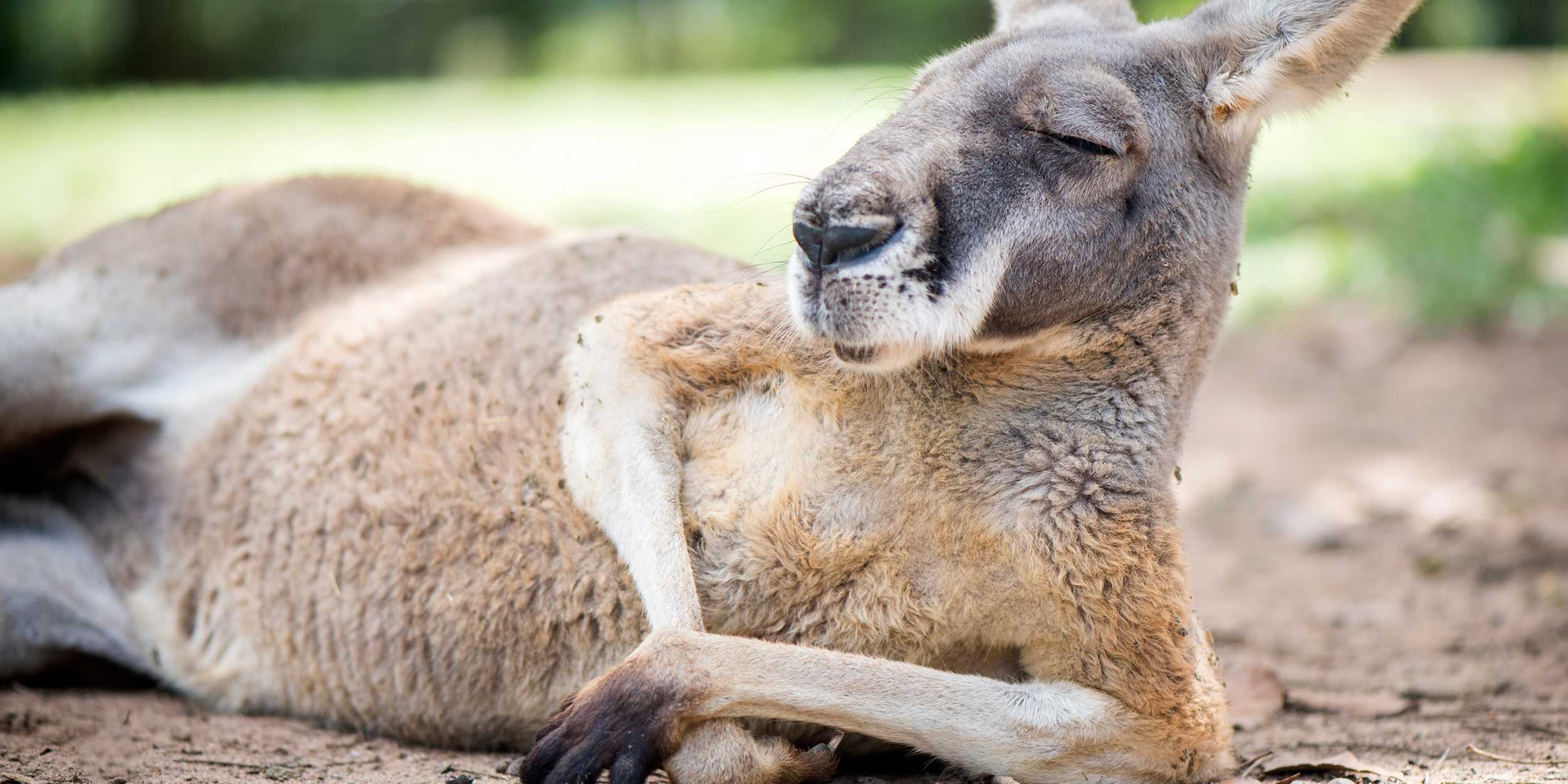
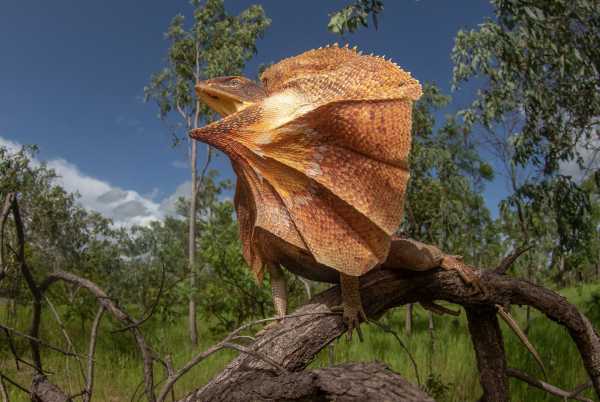
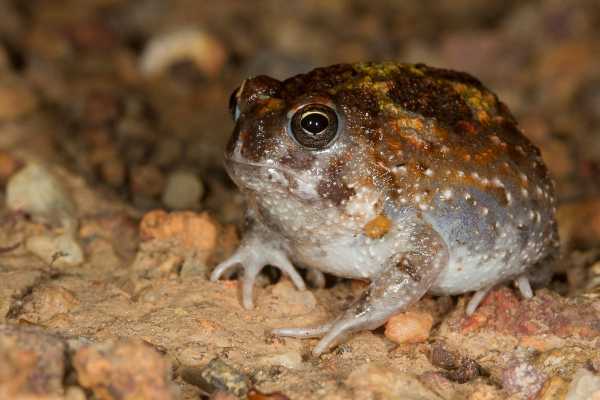

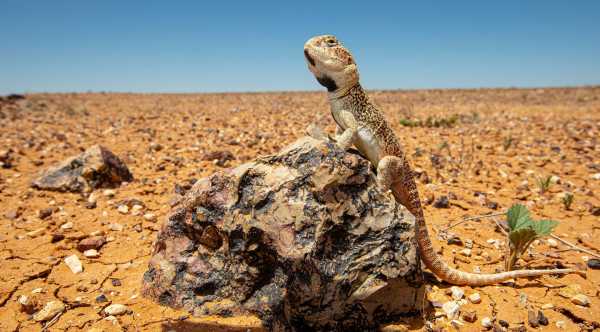
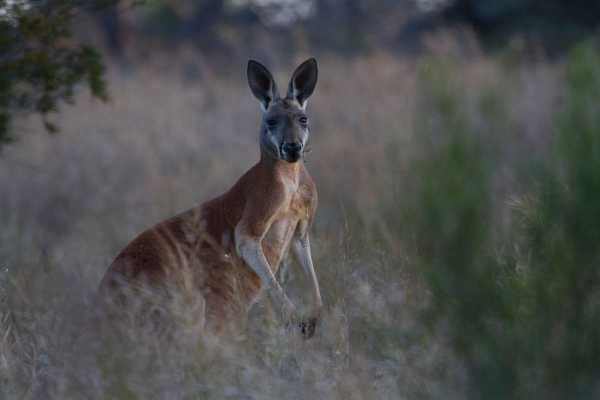
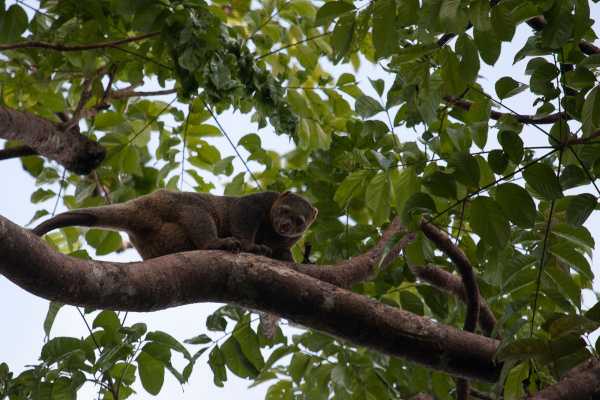
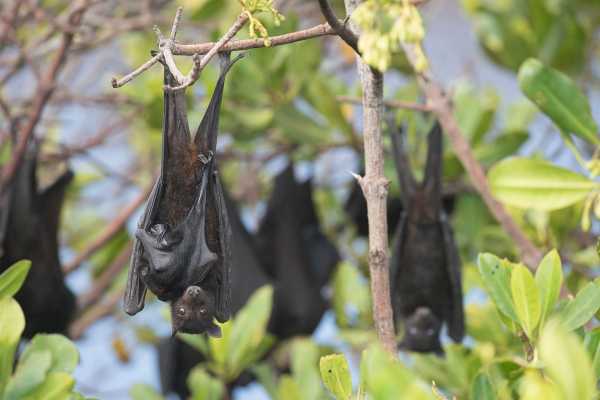

Comments
No comments yet